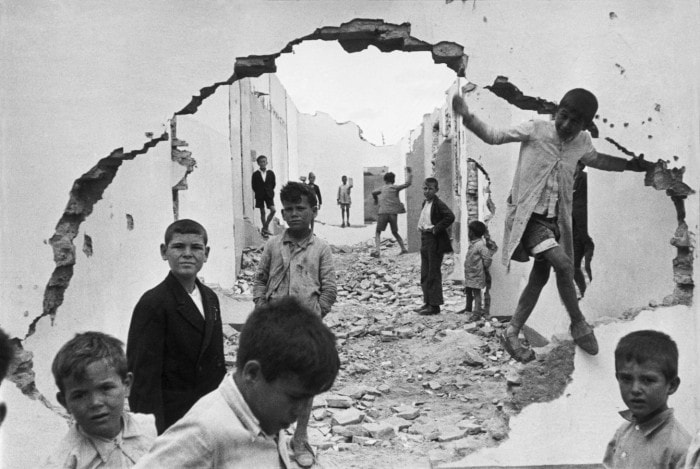To me photography is a way of representing issues, beauty, nature, life and more in a way that holds emotions and meaning whilst also creating something eye capturing. I believe photography should not only focus on taking and editing an image to make a creative piece, but should be able to give the viewer their own way of interpreting what it symbolises.
On Photographs by David Campany
David’s text holds many metaphors and symbolises a lot about photography. He describes how one photo can have an incessant number of meanings and connotations. He explains how words and denotations can change an images meaning in many ways. Words can ‘direct and oversee’ the images, and when strategically placed next to the photo, can make the reader focus on one interpretation of the photo. On the other hand, he says you can place random texts next to an image and let the reader create their own correlation between the words and the photo. This is a way of explaining how photography has endless ways of being interpreted and impacting the viewer.
The word ‘still’ is said to describe the feeling a photograph gives. You can stand whilst time passes, but be looking at something frozen in time, in that exact moment. He then goes on to say that nothing else about photography is ‘still’. The rapid movement and development of cameras, and the use of them has changed quickly over time. They are not just used to capture well composed images, but quick, unprepared moments passing by. The history of photography is being changed swiftly in time.
Contrasts in words are used by David to depict how photos can be seen. He writes confusing but structured sentences to show how photography can mean two things at once, it just depends how you look at it. The main quote he states is ‘photographs confuse as much as fascinate, conceal as much as reveal, distract as much as compel. They are unpredictable communicators.’
‘Photographs confuse as much as fascinate’ suggests that depending on an images composition and contents, it can draw in the viewer in so that they are captivated by what they are seeing. However at the same time maybe not fully understanding what they are looking at. Whether it’s an abstract image that can’t be recognised, or an image with a deeper meaning that can’t be found. This part of the quote tell us that no matter what the undiscovered meaning is, photographs can captivate an audience.

‘Photographs conceal as much as reveal’ can imply that as the audiences view is subjective towards the same photo with a different perspective. One person may view an image as beautiful, and the next person may say it hides darkening thoughts. How photographs are perceived is based on a persons perspective on life, and possible experiences. on the other hand, an image might disclose a new thought or idea to whoever views it, while on the other hand another person may not even notice this aspect. David has a way of explaining how ambiguous photography can be.

Finally ‘distract as much as compel’ may infer that a photograph can on one hand leave someone thinking about it, the meaning of it, and how it affected them, distracting them from the world. Whilst on the other hand a photo could possibly make someone realise a situation, or focus on something on the image, redirecting them to be more aware in the and forcing them into the real world.


What shapes a response to a photo? I would say that each individual will create their own response. It may from life experiences, thoughts and opinions. My initial thought about this image is that it could be an abstract photo representing fire or night time darkness and capturing something such as a street lamp or candle. However the meaning drastically changed when I found out it was taken from a war zone. Suddenly the photographs colours represent death, darkness and fear. This is a clear example of how images can have many meanings and emotions that may be completely different from its real one.
This image links with the fact that ‘Photographs confuse as much as fascinate’ due to the fact that the though of this man jumping off the building builds confusion as to why he may be doing this. Other questions may be how did he land, or even is he flying? The fascination from this image makes people wonder how it was created, and was it edited? After finding out that two images were merged together, the photograph finally makes sense and the confusion is solved.

